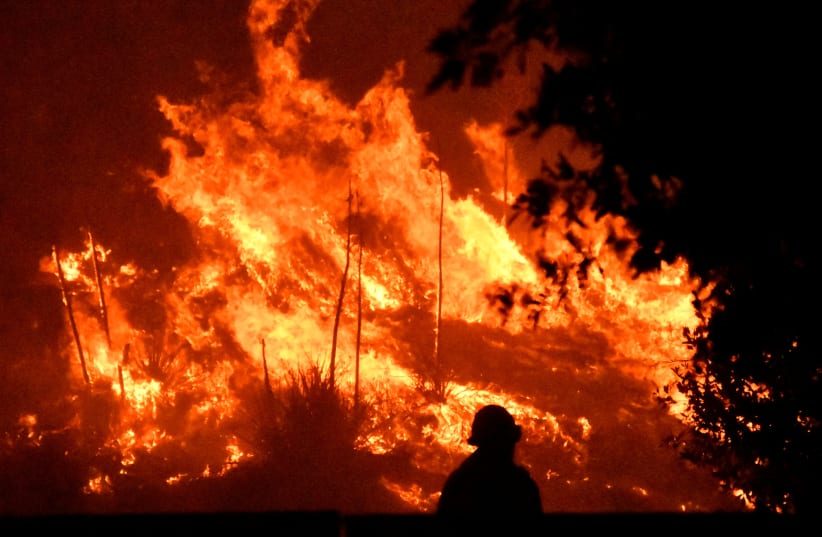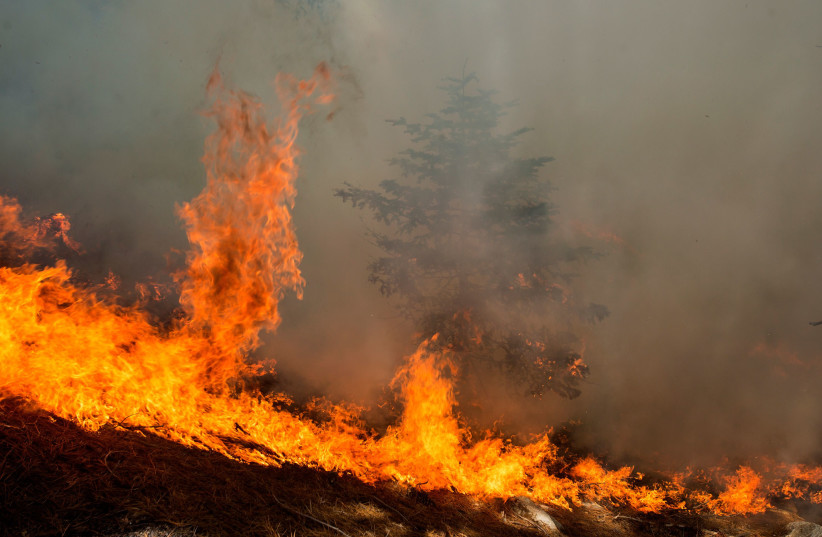Climate change is the leading factor in a rise in wildfires on the US west coast, found a study published by the Proceedings of the National Academy of Sciences (PNAS).
The study sought to analyze the impact of climate change caused by human activity on naturally-arid areas impacted by a rise in wildfires, such as California. Researchers discovered that man-made impact was 68%-88% likely to be the driving factor for atmospheric conditions fueling the wildfires, which have grown in frequency and severity.
Researchers tracked the levels of Vapor pressure deficit, or VPD, in the air in order to determine their hypothesis. VPD is defined as the difference between the amount of moisture in the air and how much moisture the air can hold when it is saturated. The higher the deficit, the more moisture the atmosphere absorbs from soil and plants, priming the landscape to burn. High levels of VPD mean that a specific climate is more prone to fires starting.
The rise in VPD has been well-documented in scientific circles, though until now it remained unclear why levels had risen to current heights. Results showed that for the period 1979 to 2020, variation in the atmospheric circulation showed that on average, only 32% of the observed VPD was sustained during the warm season (May to September), meaning the remaining 68% of the upward VPD trend is likely due to human-caused climate change.
The researchers who co-authored the study told the Los Angeles Times that they hadn't expected man-made climate change to surpass natural climate variability as the main contributor to fire weather until roughly the year 2080.
“Prior to 2000, we can explain this fire weather pretty well just using the weather patterns,” Rong Fu, a UCLA-based climate researcher who co-authored the study, told the LA Times. “Now we can only explain like 30% of what we see with the fire weather.”
Wildfire prevalence has grown at a worrying pace: wildfires have scorched an average of 5,200 square miles of land per year in the Western U.S. from 2001 to 2018, nearly double the area burned when compared with the period from 1984 to 2000, and have become more significant in stature. 2020’s August Complex fire damaged over a million acres of land and claimed the life of a firefighter on its way to becoming the largest wildfire event in California's history.
The worrying trend figures to get worse before it gets better. Just this year, California reported its hottest summer on record, its most arid in nearly a century and its second-largest wildfire: the Dixie fire, which claimed over 960,000 acres of land in Northern California.
Climate change's role in wildfires is a key part of the agenda at the United Nations COP26 conference in Glasgow, Scotland, where dozens of world leaders are meeting to set new emissions reduction goals.

